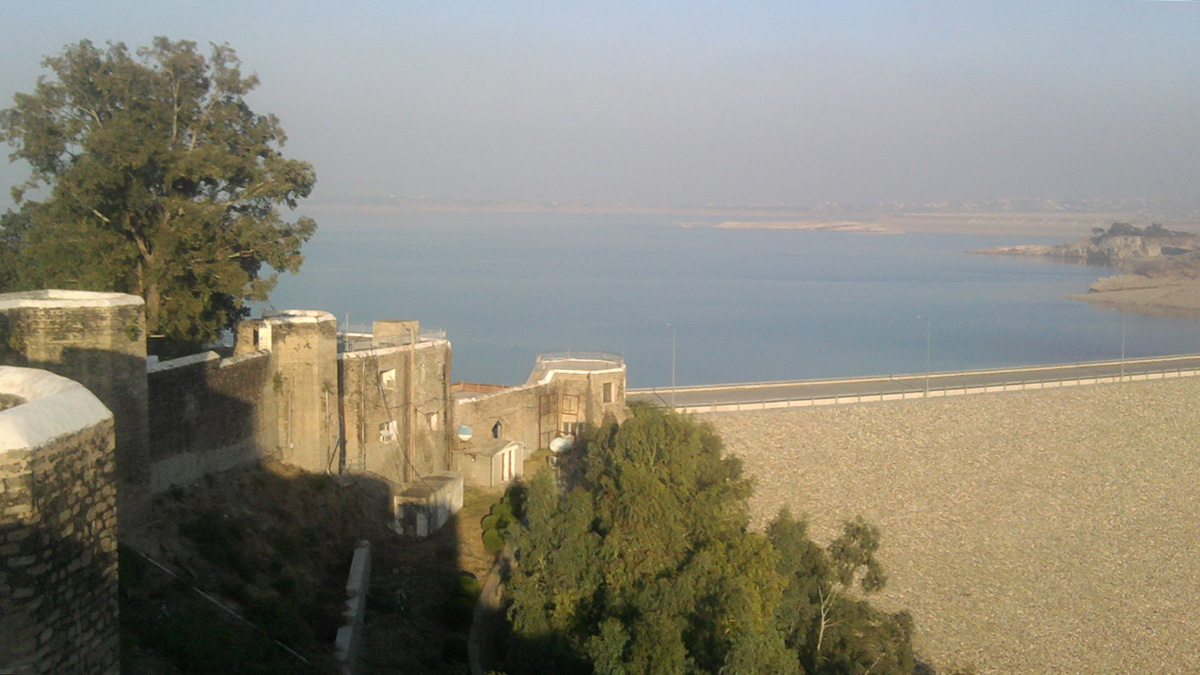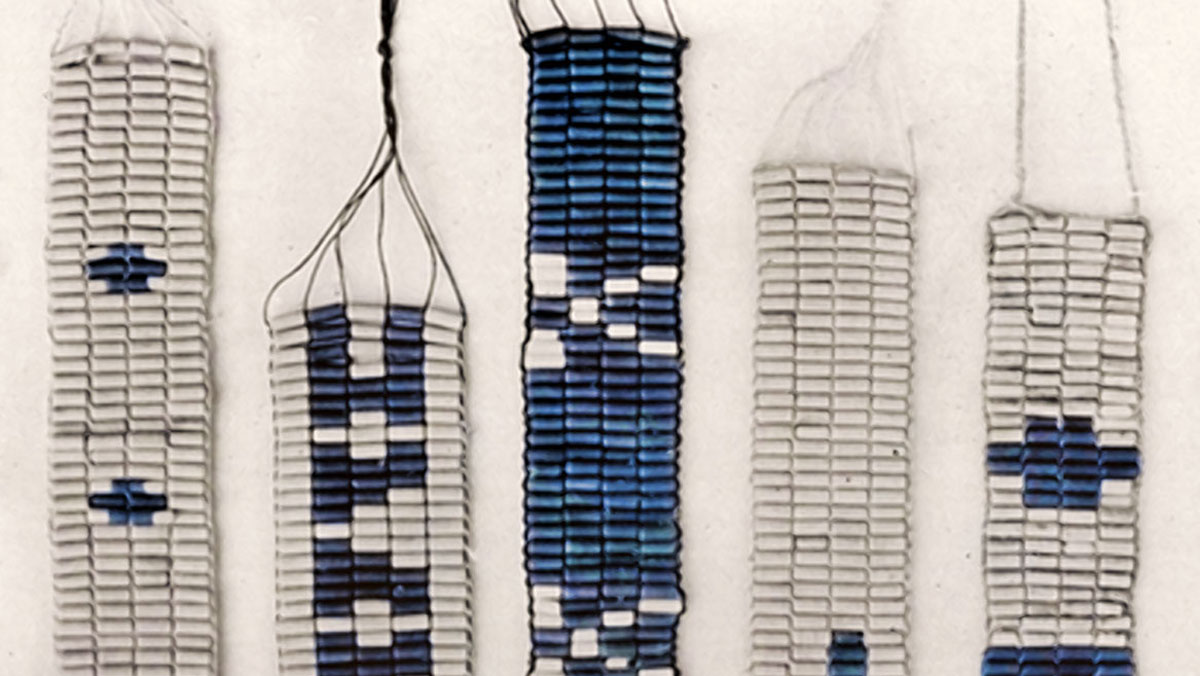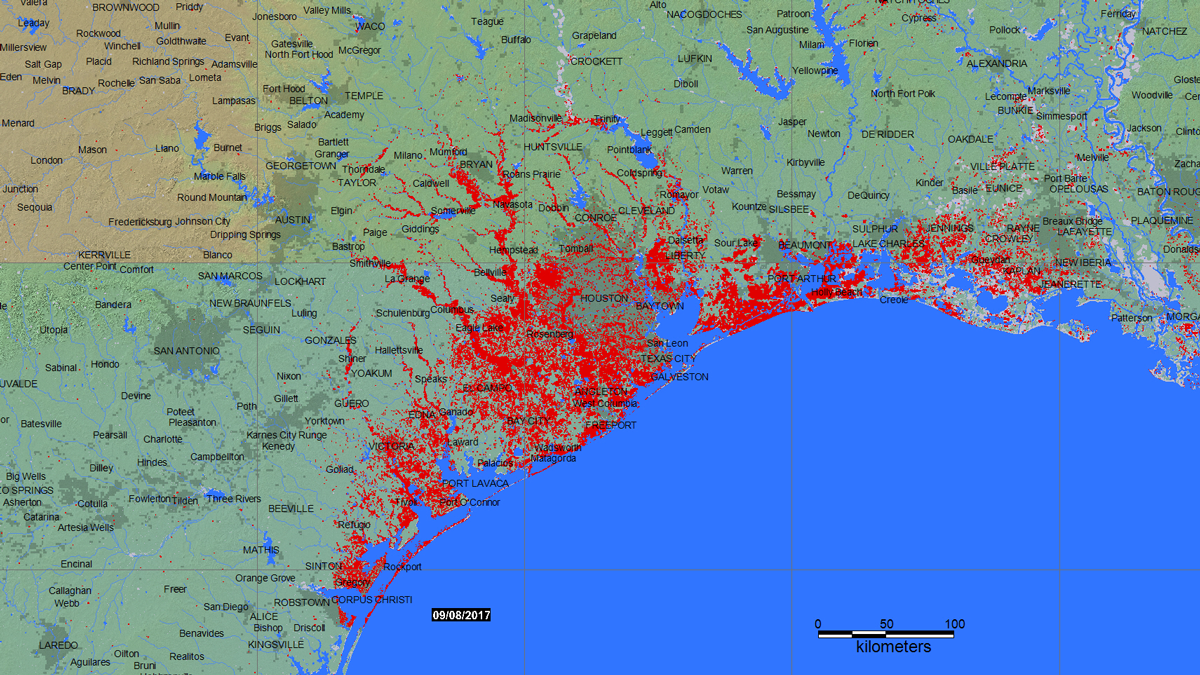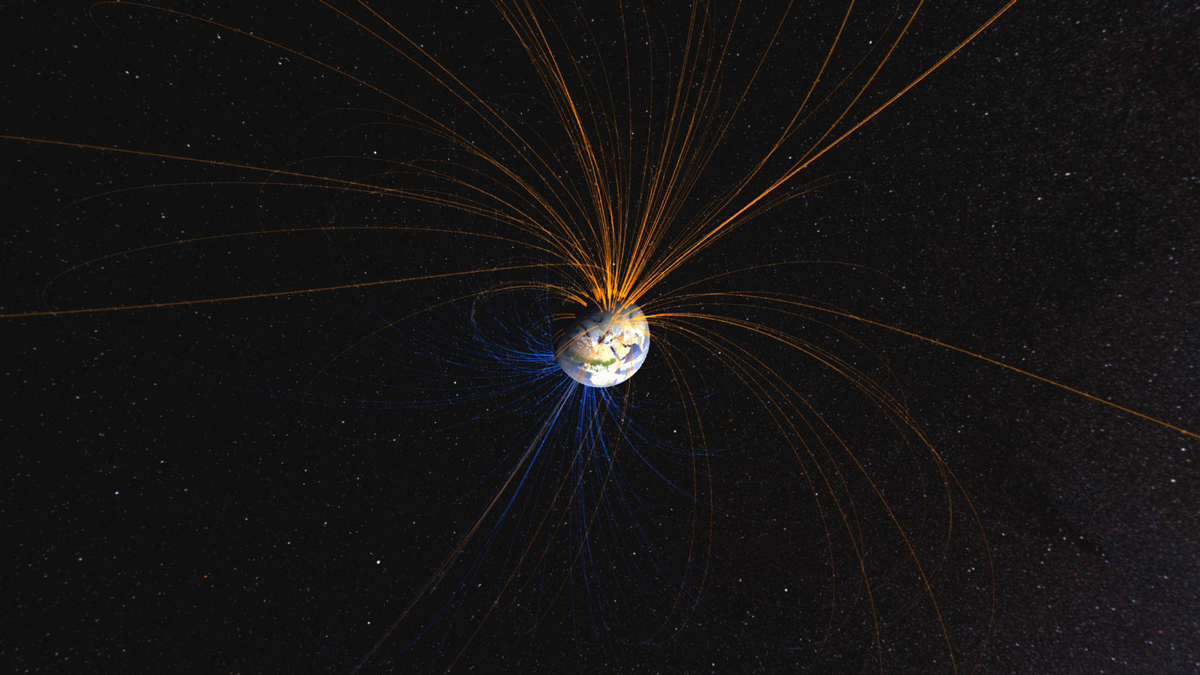New research examines whether a sudden increase in water loading in Pakistan’s Mangla Dam might have been connected to the 2019 New Mirpur earthquake.
News
Wildfires May Alter the Nitrogen Cycle—and Air Pollution
Research indicates that wildfires could be bolstering soil emissions of air pollutants that contribute to smog and climate change.
Settlement of Rapa Nui May Have Been Doomed by a Dearth of Dust
Rapa Nui and Hawai‘i offer a tale of two island settlements: Hawai‘i was close enough to Asia for continental dust to help replenish soil nutrients depleted by agriculture. Rapa Nui wasn’t.
WAMPUM: An Indigenous-Designed Path to Sea Level Rise Adaptation
Northeastern and mid-Atlantic tribal nations lived sustainably on the coastline for centuries before colonization. How can their experiences inform strategies for sea level rise adaptation?
Remote Sensing Could Predict Well Water Quality After Floods
After a flood, most people rely on officials to test public water sources. Private well owners are on their own, with little data to guide testing and treatment. New research seeks to change that.
Misión a Venus podría ayudar a resolver un misterio atmosférico
La recientemente anunciada misión DAVINCI+ a Venus de la NASA investigará la atmósfera del planeta, esperando proporcionar información sobre los desconocidos parches oscuros que rodean dicho planeta.
New “Snakebot” Could Map Cambodian Minefields
By navigating under dense vegetation, an innovative robot could significantly reduce the monetary, environmental, and human cost of demining Cambodia.
Oldest Pole Reversal Shows Early Earth Was Well Suited for Life
Australian rocks 3.25 billion years old preserved the oldest signs of Earth’s stable magnetic field and quickly moving crust, critical elements of life’s evolution.
Can NASA’s Gravity Satellites Detect Motions in Earth’s Core?
Measurements of our planet’s gravitational field could expose processes in the fluid outer core—if scientists can decipher the signals.
Native Super Trees Could Provide Climate Solutions to Houston
A Houston nonprofit identified 14 native “super tree” species that are particularly promising for mitigating climate change and public health concerns.










